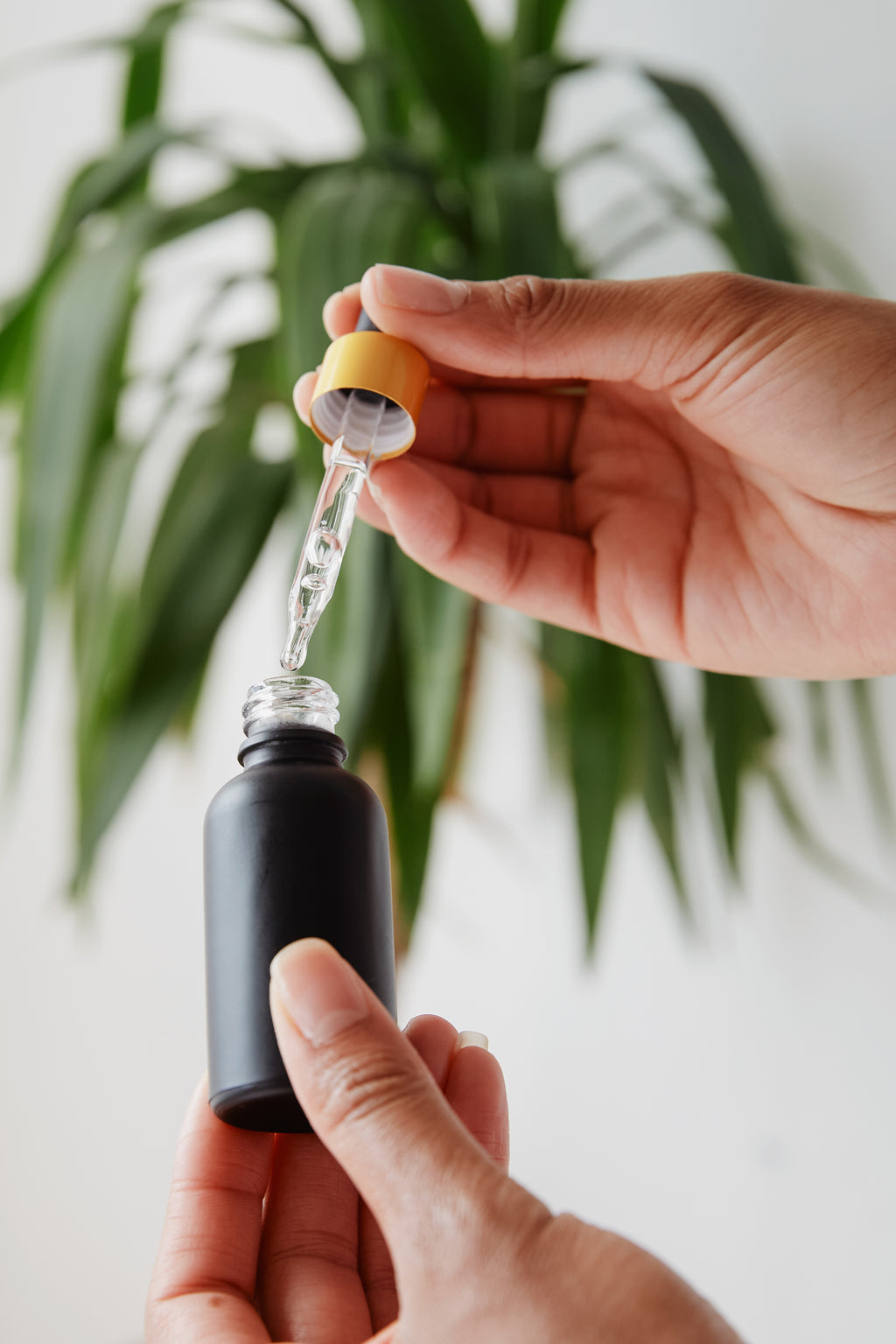The world suddenly learned about it in 2015 — when Garnier created its first micellar water Skin Naturals and loudly declared that it is a cleanser that is suitable for absolutely everyone.
And they also wrote a phrase that has been causing controversy among cosmetologists for many years - "you can not wash it off." And here they made a little mistake - we will explain why later in the article.
Where does the name come from?
Everything is simple - the basis of the tool is surface-active substances, which are poetically called "micelles". They consist of a "head" that absorbs water, and a "tail" that binds fats. Micelles attract fat, particles of dirt and make-up.
This explains why micellar water is recommended for cleaning fresh stains on shoes and clothes. So, when you come across such a life hack, don't be scared and don't think that it's some kind of chemical weapon. Everything works as it should.

What types of micellar water are there?
Micellar water based on poloxamers:
▫️ Poloxamer is a micelle-forming ingredient.
▫️ It is used in the production of shampoos, makeup removers, oral care products.
▫️ Due to the safety of this component, micellar water based on it can not be washed off*.
▫️ Suitable for all skin types.
*This does not mean that this can be done regularly. If you leave the product on your face several times, nothing will happen, but if you take it as a habit, it will cause dryness and dehydration. After all, we remind you that you leave substances on the skin that absorb fat and attract water. And she does not always need this. In addition, it will interfere with the work of other care cosmetics.
Micellar water with eco composition:
▫️ Contains cleansing components: Lauryl Glucoside, Coco Glucoside, Disodium Coco-Glucoside Citrate, Sodium Coco-Glucoside Tartrate.
▫️ Lauryl glucoside is a surface-active substance formed from glucose and coconut oil.
▫️ Suitable for reactive skin.
▫️ Such micellar water is recommended to be washed off every time.
Micellar water based on PEG:
▫️ PEG is a large group of components that is often found in cosmetics, medicines and even food products as a preservative*. It stands for polyethylene glycol.
▫️ The most controversial component. And here's why: polyethylene glycol can come from castor oil or be a product of oil refining. Discussions have been going on for many years: on the one hand, it is toxic and carcinogenic, on the other hand, scientists have agreed that it is contained in cosmetics in doses that are absolutely acceptable and do not affect human health in any way.
▫️ Suitable for normal, combination and oily skin.
▫️ It is always necessary to wash.
*Don't be afraid of the word "preservatives". These are only substances that extend the life of cosmetics/products. And they are not always complex and bad: for example, salt is also a preservative.

Can the micellar water be a toner?
Sorry, but no. As much as we would like it, micellar water cannot replace everything. This is contrary to its nature and logic.
Let's explain in more detail: the tonic balances the hydrolipidic balance. That is, in the process of cleansing (gel/micellar water/foam), you remove not only dirt, but also fats (lipids) from the dermis. The skin remains clean, but unprotected. The task of the toner is to restore protective properties and prepare the skin for the cream.

